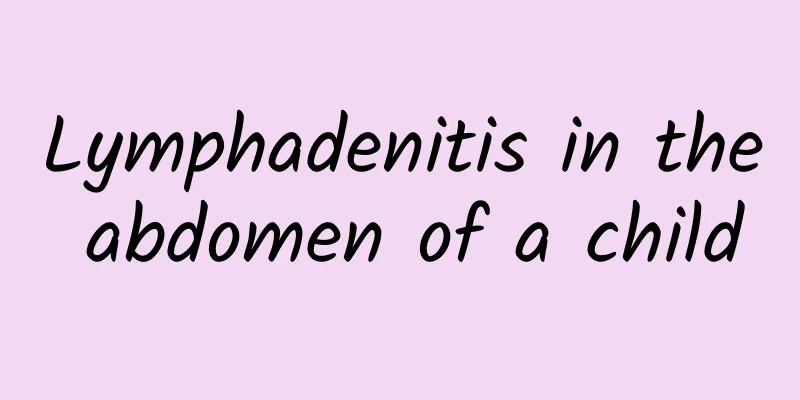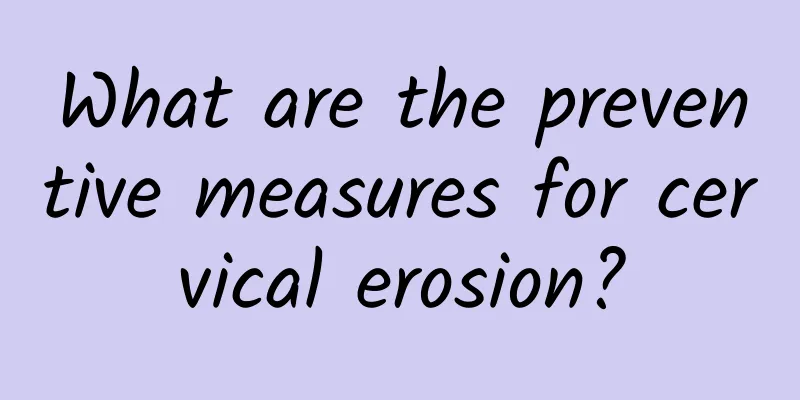Hyperprolactinemia Introduction

|
Hyperprolactinemia is a very common disease in women, which can lead to infertility, oligomenorrhea, amenorrhea and other symptoms, causing a lot of trouble to the normal life and psychology of patients. Next, let's take a look at the introduction of hyperprolactinemia. Hyperprolactinemia is the most common pituitary disease, with galactorrhea and hypogonadism as prominent manifestations. Female patients may have decreased libido and loss of sexual function, which will be relieved after treatment as PRL levels decrease. PRL mainly affects the function of the gonads at the hypothalamic level. PRL can stimulate the production of endogenous opioids, and opioids can strongly inhibit the pulsatile release of GnRH, thereby reducing LH secretion. Male patients mainly show decreased libido and impotence. In severe cases, body hair loss, testicular atrophy, reduced sperm count and even azoospermia may occur. Hyperprolactinemia (HPPL) refers to a syndrome caused by internal and external environmental factors, characterized by elevated prolactin (PRL) (≥25ng/ml), amenorrhea, galactorrhea, anovulation and infertility. Normal PRL pulsatile release and its circadian rhythm play an important role in regulating breast development, lactation and ovarian function. PRL secretion is regulated by both hypothalamic PRL-RH and PRL-IH. In the normal ovulatory menstrual cycle, PRL is always under the tonic inhibitory regulation of CNS hypothalamic dopaminergic neurotransmitters and PRL-IH. Once this regulation is unbalanced, HPPL is caused. HPRL can be caused by physiological and pathological factors. 1. Physiological hyperprolactinemia (a) Nighttime and sleep (2-6 Am). (ii) Late ovarian and luteal phases. (III) Pregnancy: ≥10 times higher than non-pregnancy. (iv) Lactation: Massage and nipple sucking can cause acute, short-term or persistent increase in secretion. (V) Postpartum period: 3 to 4 weeks. (6) Hypoglycemia. (VII) Exercise and stress stimulation. (8) Sexual intercourse: It increases significantly during orgasm. (IX) Fetuses and newborns (≥28 weeks of gestation to 2 to 3 weeks after birth). 2. Pathological hyperprolactinemia 1. Hypothalamic-pituitary lesions 1. Tumors: Non-functional - craniopharyngioma, sarcoid glioma. Functional-PRL adenoma 46%; GH adenoma 22-31%. PRL-GH adenoma 5-7%; ACTH adenoma & Nelson's syndrome 4-15%. Multifunctional adenoma 10%; Undifferentiated adenoma 19-27%. 2. Inflammation: skull base meningitis, tuberculosis, syphilis, and actinomycosis. 3. Destruction: injury, surgery, arteriovenous malformation, granulomatosis (Hand-Schüller-Christian's syndrome). 4. Empty sella syndrome. 5. Pituitary stalk lesions, damage or tumor compression. 6. Psychological trauma and stress. 7. Parkinson's disease. (ii) Primary and/or secondary hypothyroidism. 1. Pseudo-parathyroidism. 2. Hashimoto's thyroiditis. (III) Ectopic PRL secretion syndrome: undifferentiated bronchogenic carcinoma, adrenal carcinoma, and embryonal carcinoma. (iv) Adrenal gland and kidney diseases: Addison's disease, chronic renal failure. (V) Polycystic ovary syndrome. (VI) Liver cirrhosis (VII) Gynecological and obstetric surgery: artificial abortion, induced labor, stillbirth, hysterectomy, tubal ligation, and oophorectomy. (8) Local irritation: papillitis, chapped skin, chest wall trauma, herpes zoster, tuberculosis, and surgery. (IX) Medical and drug factors: 1. Insulin hypoglycemia. 2. Sex hormones (estrogen-progestin contraceptives). 3. Synthesize TSH-RH. 4. Anesthetics: morphine, methadone, and methionine enkephalin. 5. Dopamine receptor blockers: Phenothiazones, Haloperidol, Metoclprimide, Domperidone, Pimozide, Sulpiride. 6. Dopamine reabsorption blocker: Nomifensine. 7. CNS dopamine degraders: Reserpine, amethyl-Dopa. 8. Dopamine conversion inhibitor: APTIDE. 9. Monoamine oxidase inhibitors. 10. Diphenylamine derivatives: diphenylamine, carbamyl nitrogen, imipramine, amitriptyline, phenytoin, diazepam and clonazepam. 11. Histamine and histamine H1, H2, receptor antagonists: serotonin, amphetamines, hallucinogens, H1 receptor antagonists (meclizine, pyribenzamine, pyribenzamine), H2 receptor antagonists (cimitidine). (10) Idiopathic. Pathological changes 1. Tumor-type hyperprolactinemia 2. Postpartum hyperprolactinemia 3. Idiopathic hyperprolactinemia 4. Iatrogenic hyperprolactinemia |
>>: Frequently asked questions about hyperprolactinemia
Recommend
What are the symptoms of acute adnexitis?
Acute adnexitis is a common disease. Do you know ...
Will cervicitis affect pregnancy? How should women treat cervicitis?
Cervicitis is a common gynecological disease, mai...
Introducing the symptoms of atrophic vulvar leukoplakia at different stages
Atrophic vulvar leukoplakia is a type of vulvar l...
What to do if pregnant women have cervical erosion
Female friends must pay attention to health care ...
The main causes of cervical hypertrophy
Cervical hypertrophy http://www..com.cn/fuke/gjjb...
Detailed analysis of the six diagnostic methods for pelvic inflammatory disease
Pelvic inflammatory disease has been on the rise ...
What can women do if they suffer from cervical erosion? There are six ways to treat cervical erosion with traditional Chinese medicine.
In life, what should female friends do if they su...
What is the treatment for habitual miscarriage?
What is the treatment for habitual abortion? Habi...
Is there any connection between ovarian cysts and pregnancy? How to treat it?
What is the connection between ovarian cysts and ...
Introduction to Menopause Hospitals
In fact, no matter what disease we are facing, we...
Nutritionists break weight loss myths with 5 tips to help you lose weight successfully and stop being fat
This article is excerpted from a creative enterpr...
12-year-old boy weighs 135kg due to excessive eating, which leads to pancreatitis
A 12-year-old boy who is in sixth grade in Taichu...
How to prevent and treat normal dysmenorrhea symptoms?
Symptoms of dysmenorrhea can be divided into norm...
Why do the elderly still suffer from uterine fibroids? What is the cause of uterine fibroids in the elderly?
Why do elderly people still suffer from uterine f...
How to treat common vaginitis and cervicitis? Maintain good hygiene habits
Ordinary vaginitis can be treated with medication...









